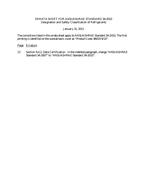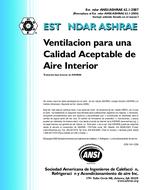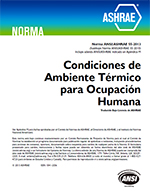Description
Describes a comparison of two techniques for estimating the amount of time, called “start-up time,” required by a controller for returning zones to desired occupied room temperatures after night or weekend setback. The objectives of this work were (1) to develop an artificial neural network (ANN) for calculating start-up time and (2) to compare the artificial neural network approach with a state-of-the-art algorithm for heating (a recursive least-squares approach). It was found that the best ANN was a fully connected, three-layer feed-forward architecture using the back-propagation learning algorithm. A novel method was developed for retraining the ANN that increased its accuracy by approximately 50% and decreased the average amount of training time by 90% over traditional training techniques. It was found that the computational time for retraining the ANN can be high, especially when the ANN needed the maximum number of training trials. However, the ANN with the novel retraining method rarely needed the maximum number of training trials. The ANN produced slightly better results than a recursive least-squares method, although the difference was not significant. The recursive least-squares method requires less memory storage, less CPU time, and is a simpler algorithm to implement and debug. Explains the advantages of the ANN over the least-squares approach for modelling nonlinear systems.
KEYWORDS: comparing, artificial intelligence, networks, calculating, night setback, weekends, training, starting, algorithms, controls, rooms, temperature, heating
Citation: Symposium, ASHRAE Trans. 1991, vol.97, part 2
Product Details
- Published:
- 1991
- File Size:
- 1 file , 1.4 MB
- Product Code(s):
- D-18115




